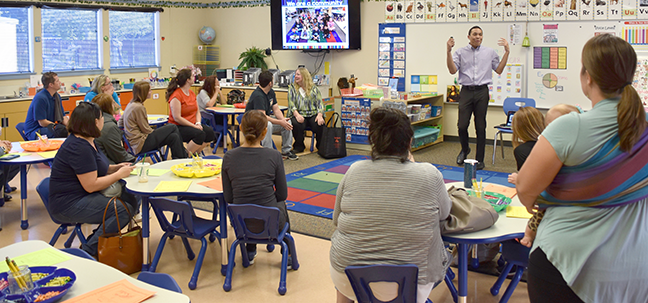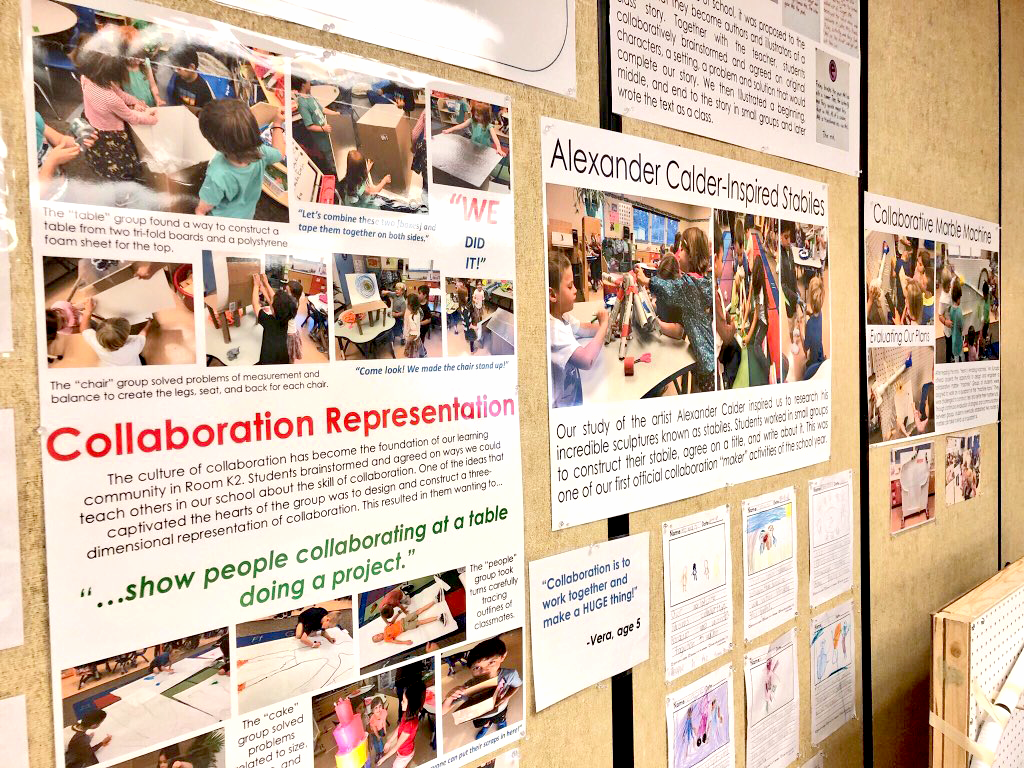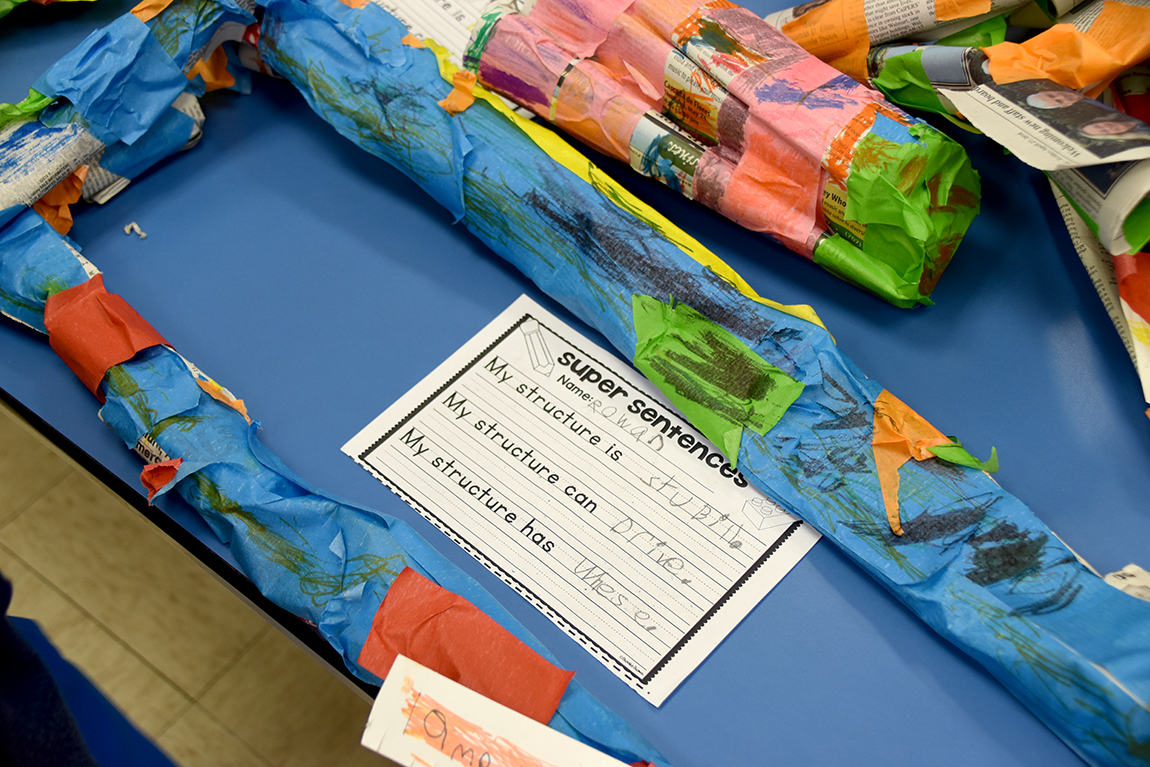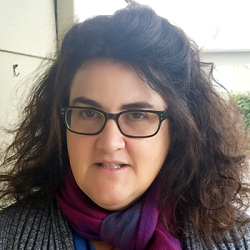
Every morning my son’s teacher opens his door and greets his class with a smile and enthusiastic dialogue synonymous with a pep rally. Not only are the children getting psyched, the parents at drop off are smiling and excited that their child is heading in to a high quality Project Based Learning classroom.
How do we know, as parents, that our child is getting a quality and immersive Project Based Learning experience? We talk. We share. We participate. PBL is so much more than our children in a classroom; it is a collaborative experience between the student, teacher, staff, parents, and community. If you have been with a PBL community for a while you know what I mean. If you are new to the community, I encourage you to get involved. You won’t regret it and you just might make lifelong friends in the process.

As a working parent (I am also a teacher of students with visual impairments), it is difficult to volunteer in the classroom or be there for all the assemblies and presentations during the school day. Fortunately, my son’s classroom has an open door policy and student work is displayed to detail the journey the students are taking as they complete their project. I feel a strong connection to my child’s PBL experience because I can pop in when I can and peruse displays of work and make the connections my child is making as well.
Having been part of an ever-growing PBL community for six years, I can offer the following suggestions on how to get involved and experience PBL from the front row:
Chaperone a Field Trip
I recently took a morning off and went on an amazing fall themed field trip. It was great to meet new parents and grandparents, interact with the friends my child mentions, see how the experience relates to the current probing question I saw on the classroom wall, and take lots of pictures to share with parents who couldn’t attend. PBL kids are inquisitive and the questions asked were relevant and truly thought provoking. They are comfortable working in groups and this showed in their cooperation and respect for others as they explored.
Invite Members of the Community
to Join the Fun

Check out your contacts and see who may be willing to come in and share their expertise or experiences. A recent project on Community Helpers brought in parents, local business owners, local politicians, and neighbors all willing to share their story and interact with a respectful K-1 classroom. Social media posts were a great way to see “who is in there now?” and get to know our community. At the concluding PBL showcase, it was easy to interact with shared knowledge about guest speakers and invited conversation that brings our community closer. The PBL showcase at the close of a project is now a highlight for many parents and members of the community to socialize and celebrate.
Stay in Touch on Social Media
Interacting with social media is a fun way to get to know other parents and community members. Social media platforms such as Twitter, Facebook, and Instagram are a great way to keep parents in the loop when not on site. Community members can be publicly thanked and recognized for their contributions. Responding to posts or asking open-ended questions can solicit thoughtful responses and create an online community easily carried over to in-person encounters. Positive and supportive social media platforms are a great extension to any PBL community.
Learn Along with your Child

I am currently keeping a running tally of words my first grader uses that I have to look up the definition of; “stabile” and “algorithm” are two examples from a growing list. Instead of being embarrassed, I’m proud to learn along with my child. I try to make time to drop in on guest speakers and assemblies to learn about experts in my community.
Don’t Be Afraid to Ask
For those who are new to Project Based Learning concepts, it can be a drastic change from the curriculum and instruction your child may have experienced. Look to your child’s teacher and other resources such as PBLWorks for guidance. But keep in mind that other parents have been in your shoes. Attend events and ask how it all works. The community PBL creates is open and welcoming by nature.
I can only speak to my personal experience, but I am grateful for the parent and community friends I have made as part of a PBL school. Whether setting up for an event, chaperoning a field trip, popping in on a speaker, or celebrating at a PBL showcase you will see that parents and community are an integral part of Project Based Learning. Just jump in!
Check out the PBLWorks booklet for parents and community members: A Intro to Project Based Learning; Preparing Students for Tomorrow, Engaging Them Today

